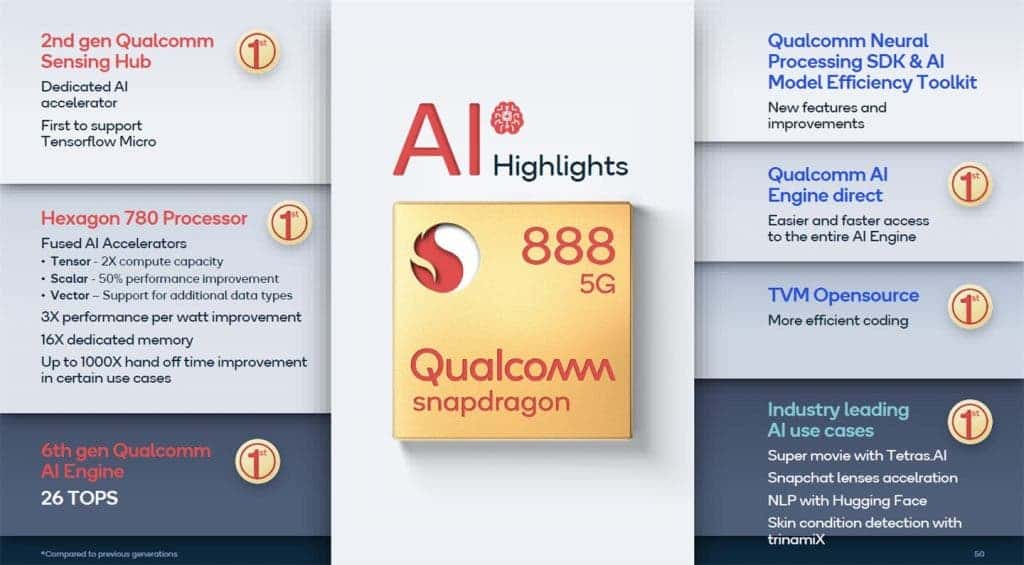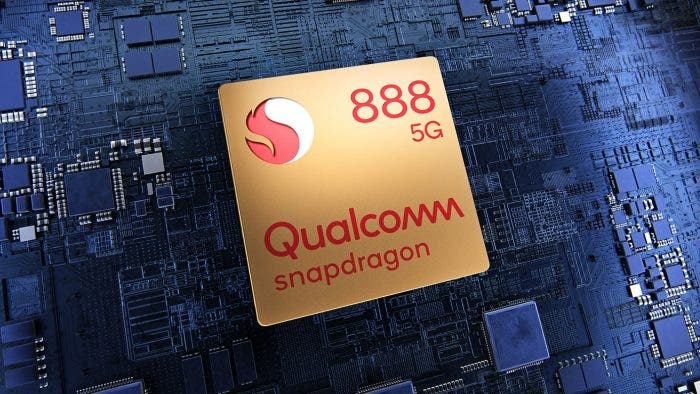Qualcomm recently released the flagship 5G processor, Snapdragon 888 SoC. The codename of this device is the Chinese auspicious “fafafa” homophony and its attempt to attack the Chinese mainland market is self-evident. Qualcomm even had to name this device “888” because the number is a “lucky number” in China. At the same time, there are also reports that Qualcomm will launch mid-to-low-end products next year. These chips will also be targetting the Chinese market.

For example, Qualcomm’s mid-range chip code-named “6250” only supports Sub 6G and does not support millimeter waves. It has a huge cost advantage. It is customized and developed for the needs of the Chinese mainland market. The entry-level “4350” chip will use Samsung’s 8nm process, and mass shipments will begin in the first quarter of next year.
Currently, Snapdragon 888 has been adopted by 14 mobile phone brands. This is obviously putting Taiwanese chipmaker, MediaTek, under pressure, and it has to respond. According to reports, during the IEEE Global Communications Conference, MediaTek CEO, Cai Lixing, revealed that the company’s latest 5G flagship chip will arrive before the Chinese New Year.
The industry predicts that MediaTek’s chip will use TSMC’s 5nm or 6nm process. However, due to the tight production capacity of TSMC’s advanced manufacturing process, supply capacity may not be adequate. In contrast, Qualcomm Snapdragon 888 SoC uses Samsung’s 5nm process.
MediaTek’s 5G chip had a bad start in 2019 and the market performance is bleak. However, it rebounds strongly in 2020 and already has about 40% of the market share.
Qualcomm Snapdragon 888 technical specification
The Snapdragon 888 uses 1 x 2.84GHz (ARM’s latest Cortex X1 core) + 3 x 2.4GHz (Cortex A78) + 4 x 1.8GHz (Cortex A55) architecture. The GPU is Adreno 660 and it supports WiFi 6E and Bluetooth 5.2.
As the latest product of Snapdragon 8 series, Snapdragon 888 integrates Qualcomm’s third-generation 5G modem and radio frequency system – Snapdragon X60, which supports all major global millimeter wave and Sub-6GHz frequency bands, as well as 5G carrier aggregation, global multi-SIM card functions, Independent (SA) and non-independent (NSA) networking modes and dynamic spectrum sharing (DSS).
The sixth-generation Qualcomm AI engine integrated on the Snapdragon 888 5G mobile platform includes a newly designed Qualcomm Hexagon processor, with a performance of 26 trillion operations per second (26 TOPS). In terms of games, it integrates the third-generation Snapdragon Elite Gaming. Also, Qualcomm claims that this chip brings the most significant performance improvement ever made by Qualcomm Adreno GPU. It also comes with a 2nd generation Qualcomm Sensing Hub which “incorporates low-power always-on AI processing for intuitive intelligent features.”
In terms of camera performance, the Spectra ISP of Snapdragon 888 supports faster billion-pixel-level processing speeds. Users can process 2.7 billion pixels per second to take photos and videos. This is about 120 frames per second and each frame is 12MP. The processing speed is up to 35% higher than the previous generation platform.
The flagship processor also comes with the new 6th-gen AI Engine. The hexagon processor brings a considerable leap in AI performance, 26 tera operations per second (TOPS) compared to the last generation.
Follow Gizchina.com on Google News for news and updates in the technology sector.





